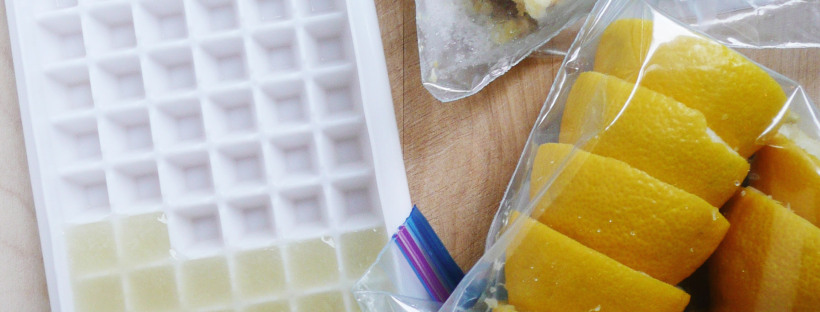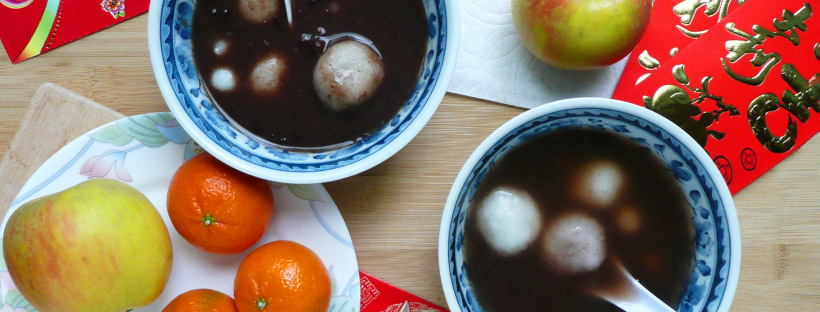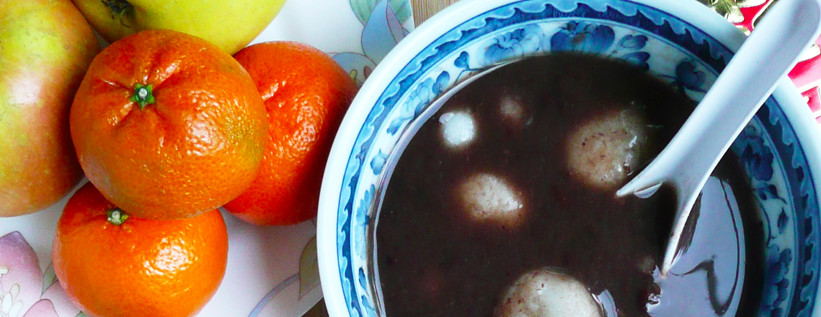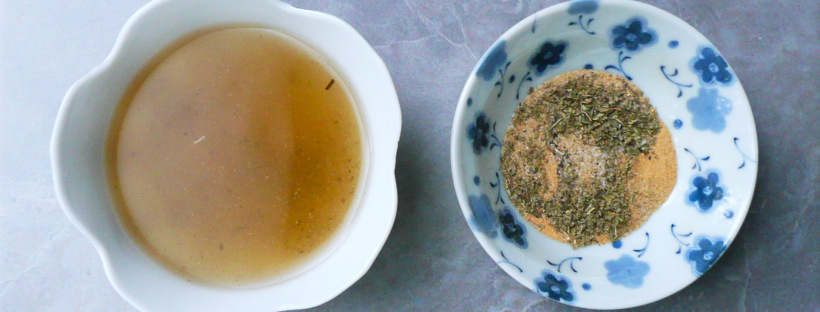A.K.A. the cheaper turkey... A lovely roast chicken rich with the Thanksgiving flavors of thyme, sage, and rosemary (and you don't have to make a gravy).
Tag: Soup
What To Do With Leftover Lemons – How To Freeze Lemons
How to make the most of your excess lemons. Easy trick to always have lemon juice and zest on hand when you need it.
Lunar New Year – Homemade Tang Yuan Recipe – Refined Sugar Free
These tang yuan are chewy sweet rice balls with delicious red bean filling. Tang yuan signify family togetherness and are eaten during Lunar New Year celebrations.
Lunar New Year – Red Bean Soup Recipe, Refined Sugar Free, Maple Syrup
A refined sugar free version of a classic sweet red bean soup.
Kitchen Tips – How To Use Every Drop Of Olive Oil
One ingredient that I use almost everyday is olive oil. Inevitably, at some point, the bottle runs empty save for a few teaspoons of that beautiful green oil that you can never seem to shake out of the bottle. If you too can't stand the thought of letting any food go to waste, this is my solution for getting every last drop of precious oil from the bottle.
Instant Homemade Vegetable Stock Mix – Vegan, Soy-free, Gluten-Free
A simple and easy recipe to always have vegetable stock on hand. This recipe is soy free, thrifty and easy to customize.





